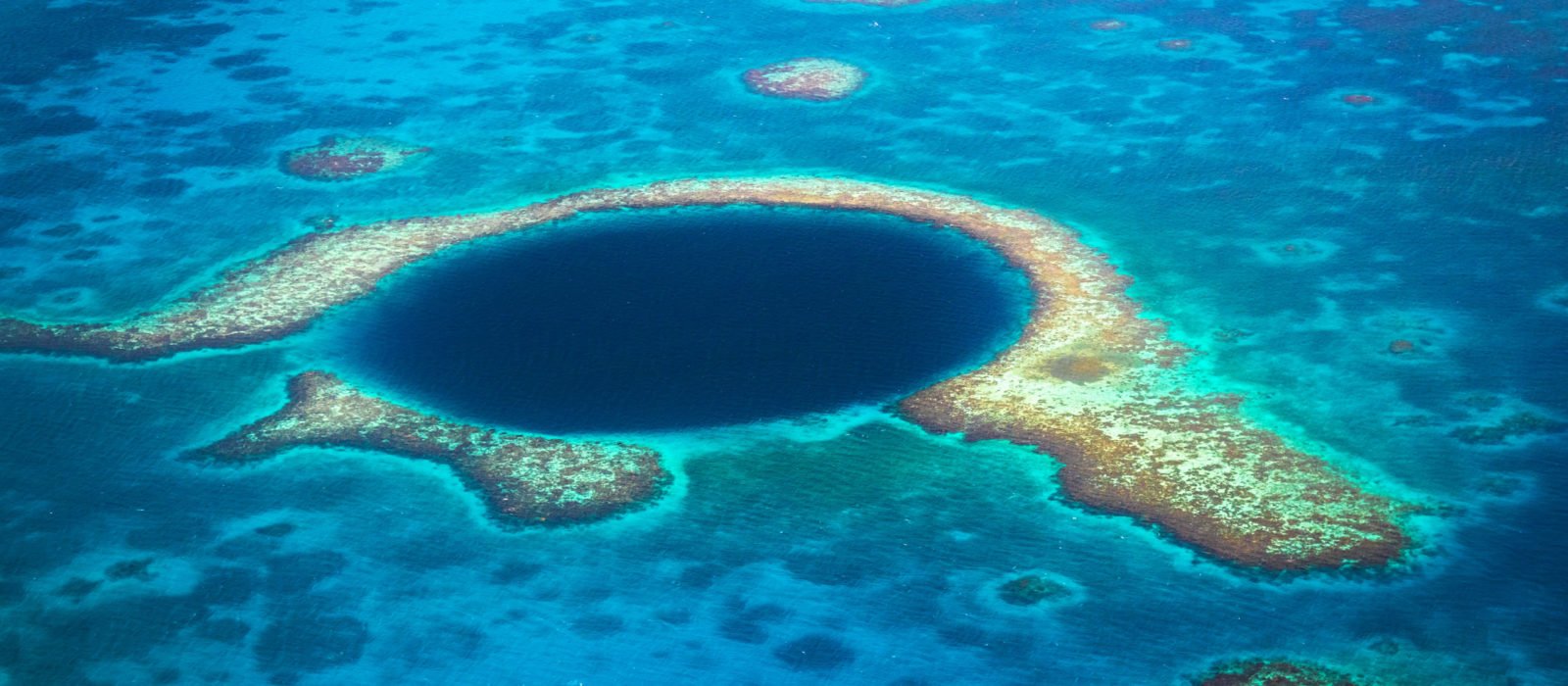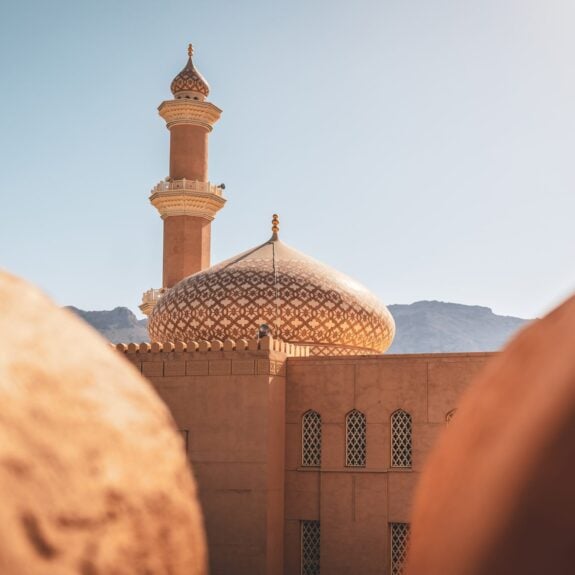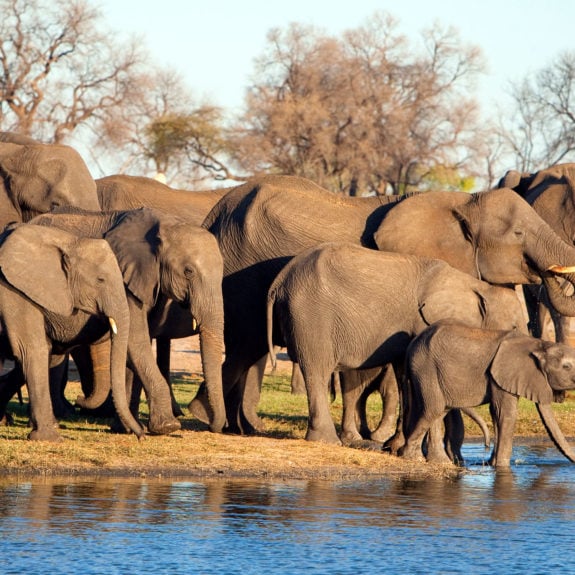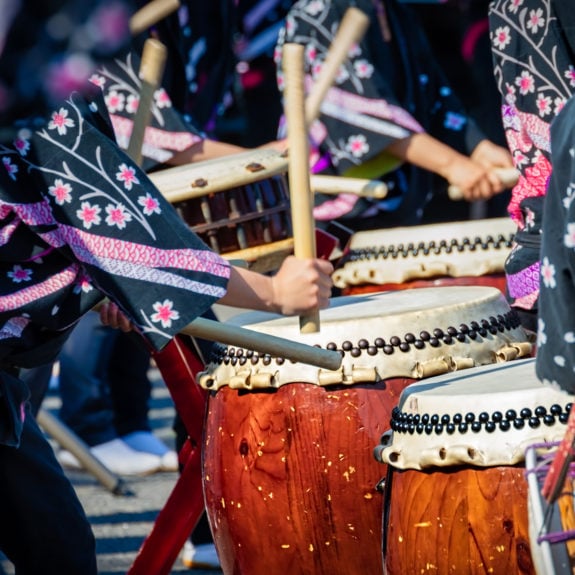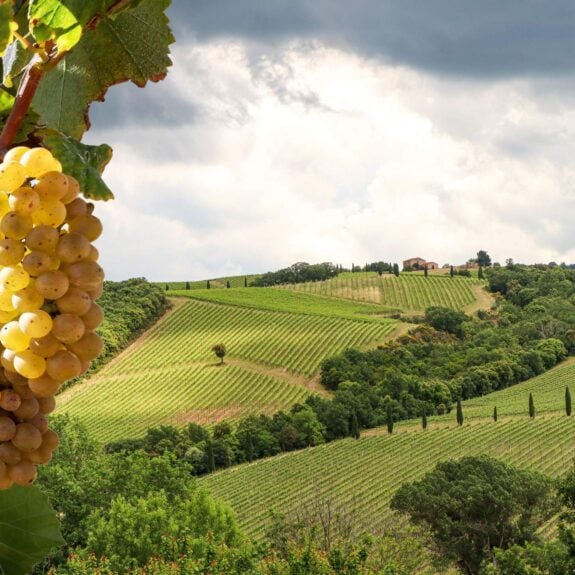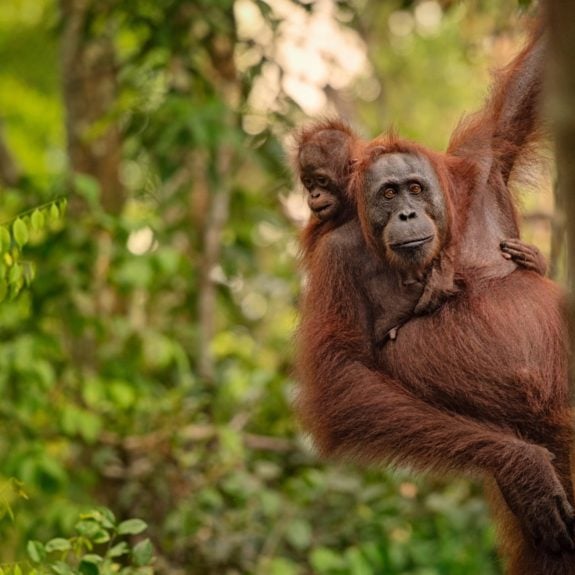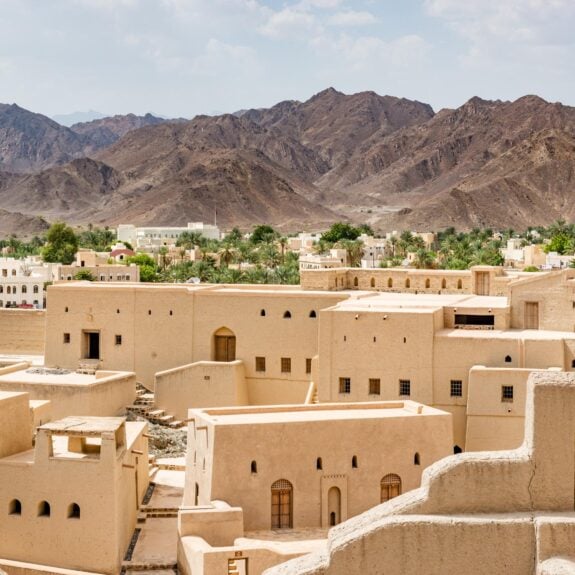Published on: March 8th, 2017
Last modified: June 15th, 2023
Belize’s growing ecotourism industry makes this small, but diverse country one of the most rewarding places to travel in Latin America, says destination expert Jen Richt.
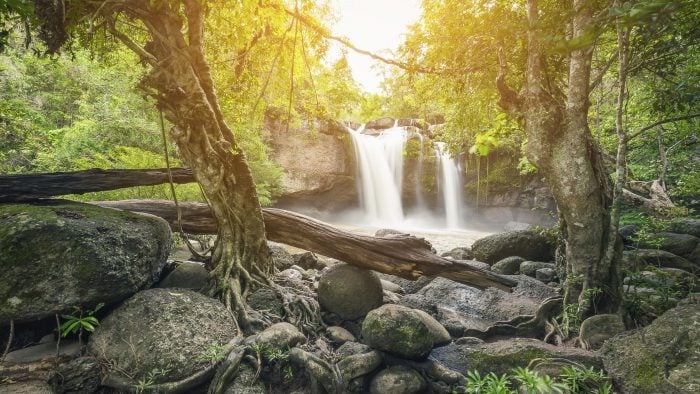
In 2015, Leonardo DiCaprio announced that he would be building a new eco-resort on the Belizean private island Blackadore Caye, estimated to open in 2018. DiCaprio bought the island for $1.75 million with Jeff Gram, the owner of another Belizean resort, Cayo Espanto Island Resort, around a decade ago when it was suffering from overfishing, deforestation and eroding coastlines. He bills Blackadore as ‘a restorative island’, reflecting the purpose of the eco-lodge, which is to breathe new life into the island, the money it makes funding the renewal of the ecosystem.
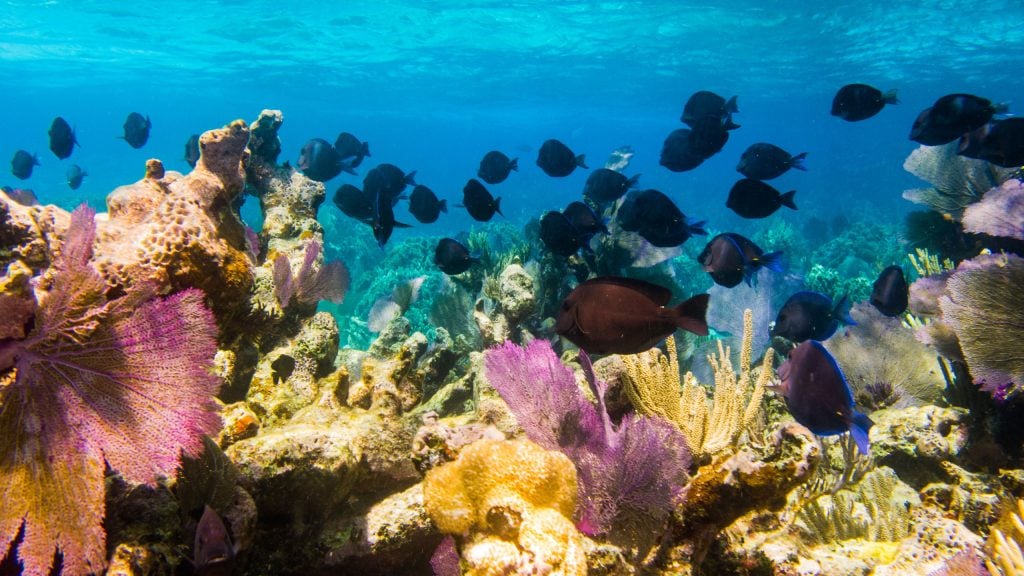
DiCaprio has become something of an environmental activist in recent years, so it’s no great surprise that the Hollywood star has followed in the footsteps of fellow celebrity hotelier Francis Ford Coppola and chosen Belize as the location of his first hotel.
Belize is a tiny country, about the same size as the state of Massachusetts, with a population of just under 350,000. It has a rugged beauty, with wild swathes of jungle and a sublime Caribbean coastline that affords access to the world’s second largest coral reef.
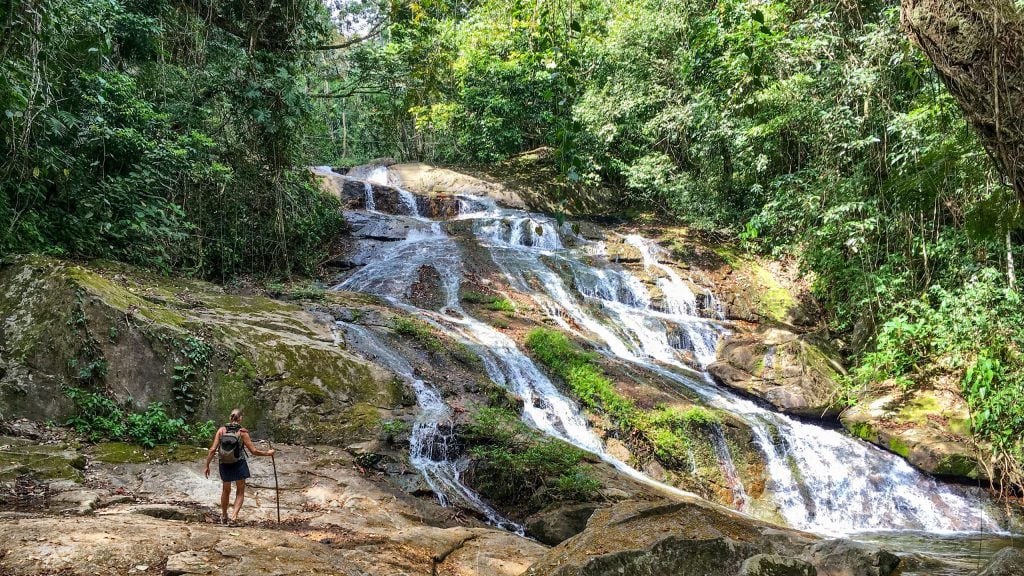
When I crossed the border from Guatemala and entered Belize – the two are a natural pairing for multi-destination trips – I was struck by how different this country felt from its Central American neighbours. Belize is distinguished partly by its national language, which is English rather than Spanish (Belize used to be called British Honduras), but also by its easy-going mixture of people and cultures. The local cuisine is hot and spicy, featuring Kriol (Belizean Creole) flavours in delicious fresh ceviche and seasonal conch.
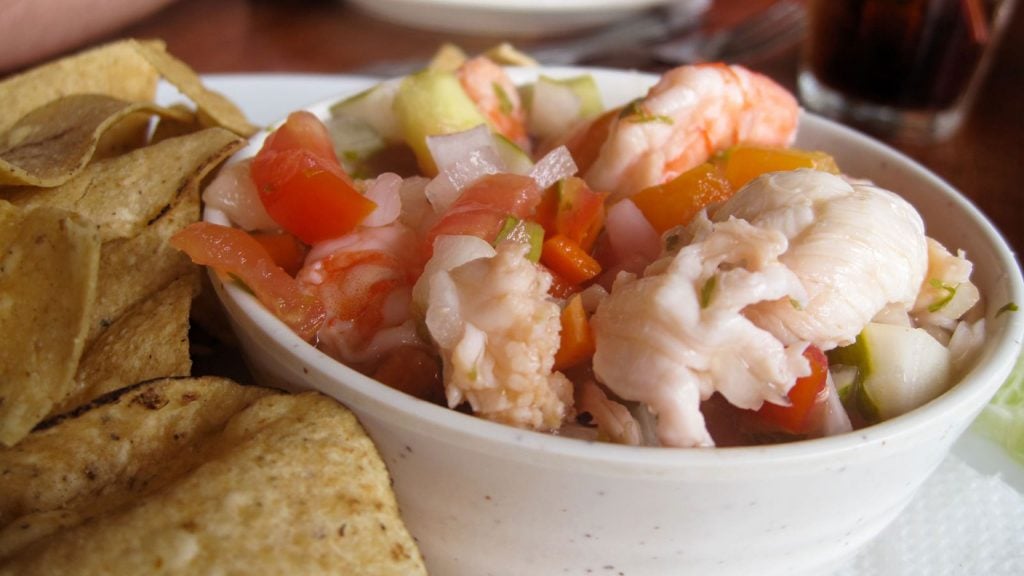
Belize was home to the Maya, a civilisation founded around 2000 BC, and you can still visit crumbling, mighty temples hidden in the jungle where kings would make sacrifices to the gods. For those who need constant activities to fill their days, Belize is something of an adventure playground with countless opportunities for zip-lining, horse riding, canyoning, kayaking, spelunking, hiking and much more.
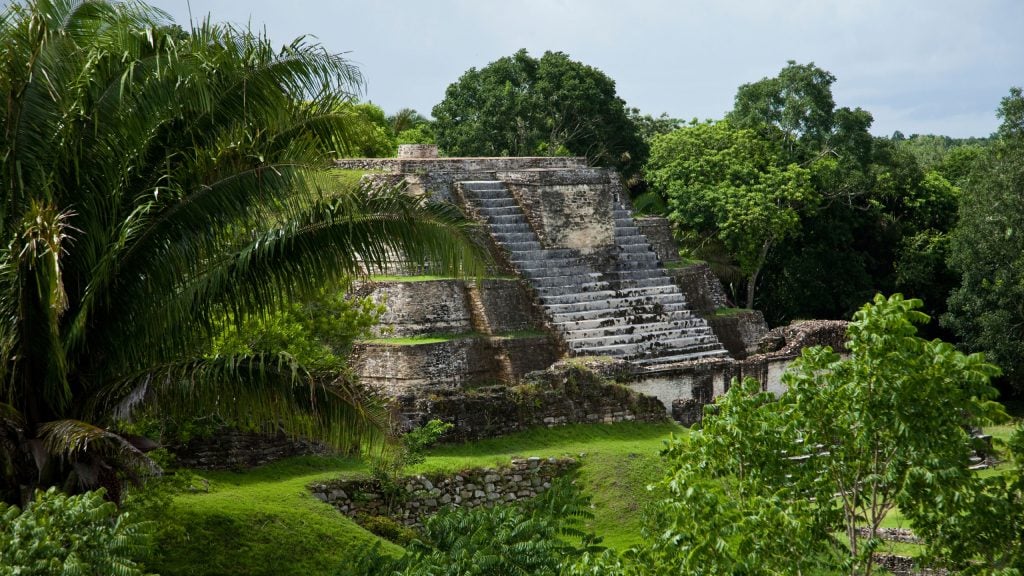
New flight routes make the country even easier to visit: since 1st November 2016, a direct London route with American Airlines means Brits no longer have to stop in the States when travelling to Belize.
Ecotourism in Belize is a burgeoning industry. With a vast array of wildlife and delicate landscapes, the country has realised that the only way to protect its tourism industry (which is the second largest industry in Belize) is to preserve its assets. Around 26% of the land and sea is protected, and, crucially, the locals have been heavily involved in protecting the environment, which is key to any long-term conservation strategy.
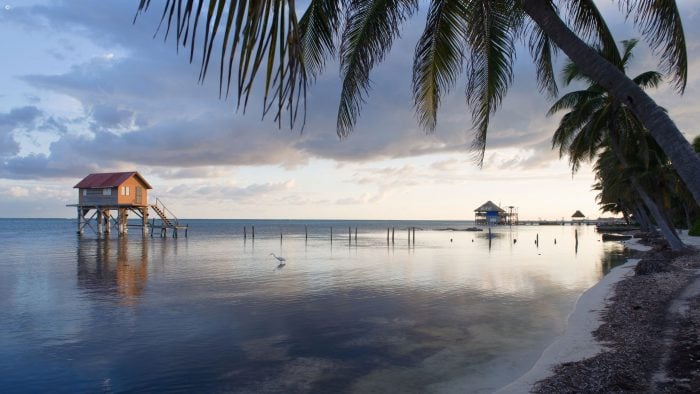
Coastal regeneration
The Belize Barrier Reef is one of the biggest jewels in the country’s crown, with many keen divers visiting specifically to investigate this ecosystem. Hundreds of sandy islets pepper the Caribbean Sea that laps Belizean shores. Mangrove forests grow along the beaches, their sprawling roots intertwining, protecting the land and providing habitat for wildlife. The Blue Hole is one of the most recognisable images in the world, the enormous sinkhole an inky blue circle surrounded by turquoise lagoon water in a tropical atoll.
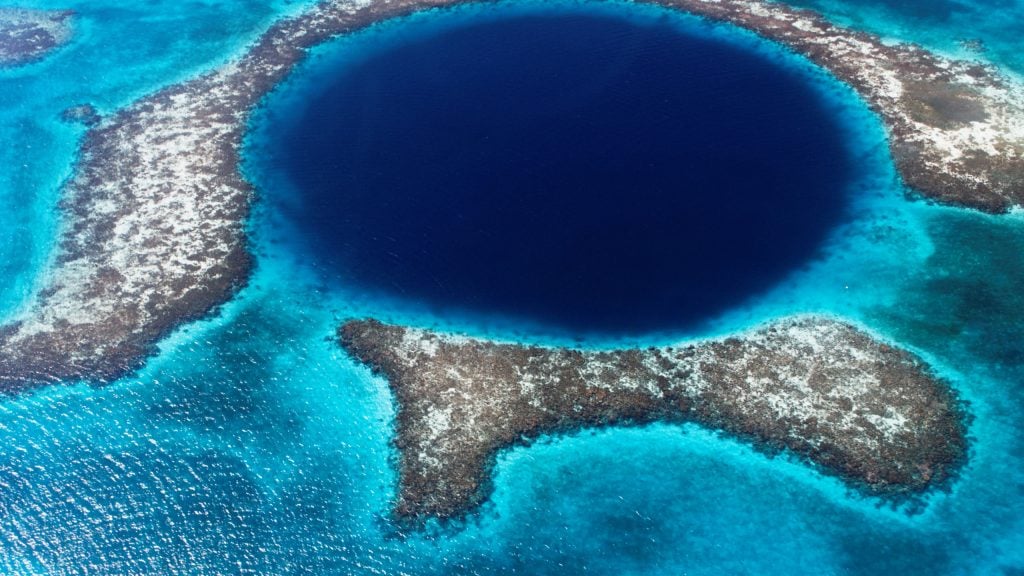
In order to protect the marine environment, the government have called for swimmers to be careful of kicking sand into the coral and avoid wearing dive gloves so as to reduce the temptation to touch the coral or lean on it for support.
Overfishing is being tackled by declaring certain areas off-limits to fishermen. The atoll Glover’s Reef, for instance, has been made a ‘no take’ marine reserve, which means fishing is banned. Half Moon Caye is another reserve, home to several thousand rare red-footed boobies. There are seven protected areas along the reef in total and this also helps threatened species such as turtles and manatees to flourish.
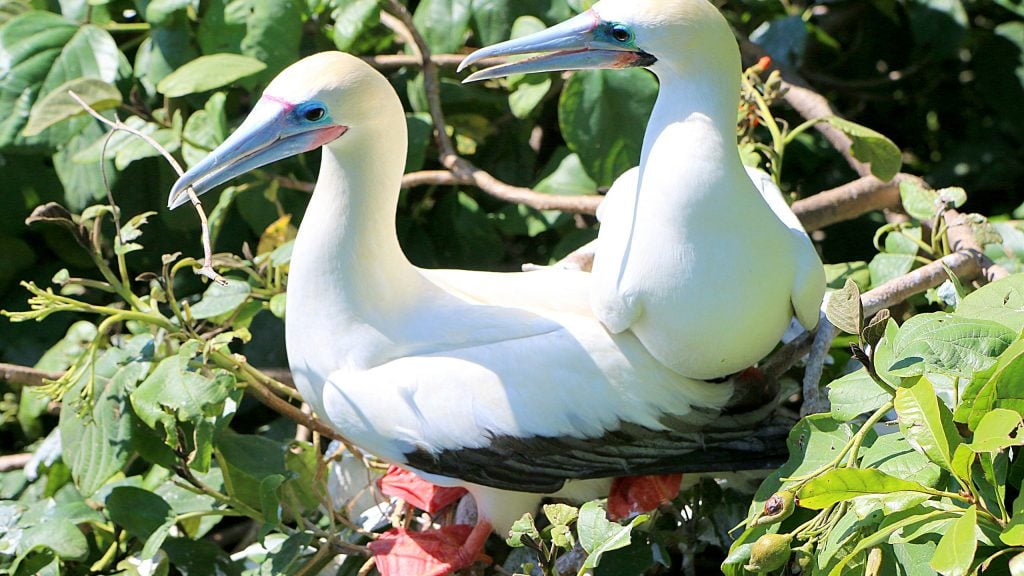
The Gladden Spit was named a marine reserve in 2000. Between April and June, whale sharks migrate to the area to graze on the spawning of fish such as the snapper. It’s possible to swim with these gentle giants – the biggest sharks in the world – for a spine-tinglingly memorable experience. Overfishing had been a problem in the reserve, but the NGOs that operate here have helped to retrain locals as dive masters and sport fishing guides, which has alleviated pressure on the ecosystem.
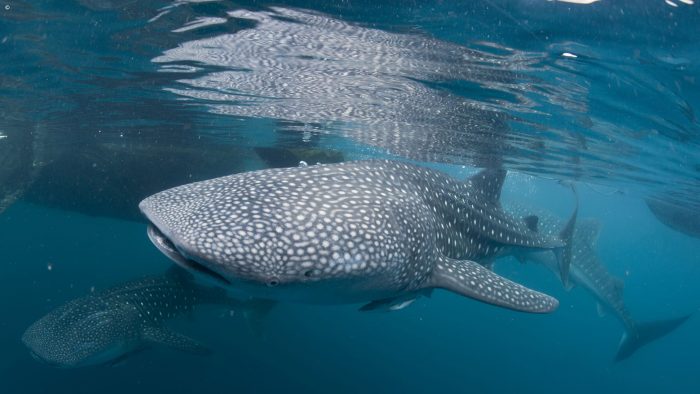
Belizeans have also been trying to control the amount of cruise ships that drop anchor on their coastline. The seaside town of Placencia has been fighting back against the growing number of ships, as the locals fear that the overnight visitors will not only do damage to the environment, but also that the possible influx of cruise-goers will scare off tourists who would have stayed longer and boosted the town’s economy. Locals joining forces to encourage a regulated industry is exactly what needs to happen to ensure a steady, sustainable growth in tourism.
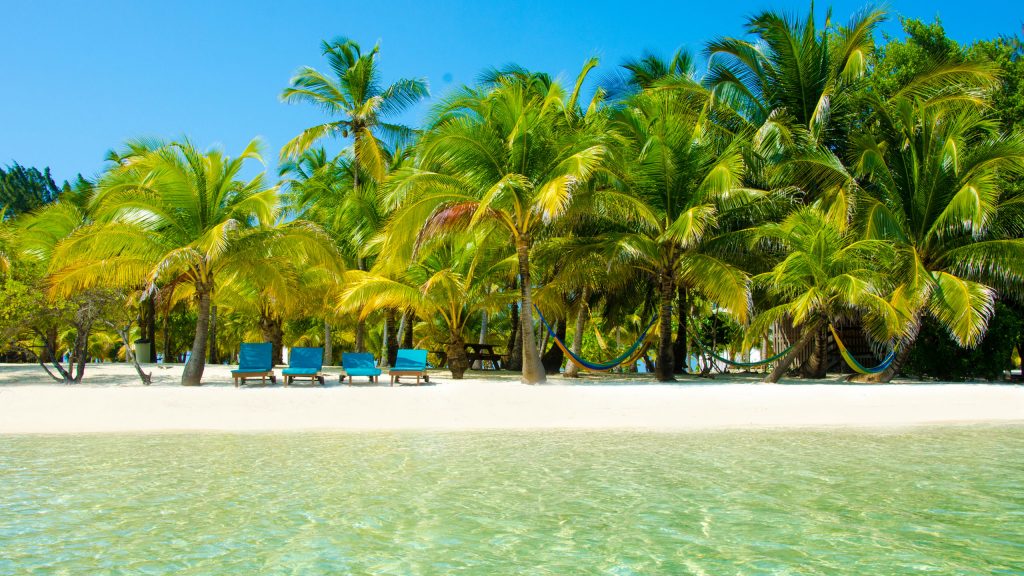
In order to enjoy Belize’s sublime barrier reef responsibly, you can choose activities that have minimal impact on the environment, such as snorkelling or kayaking; swimming with nurse sharks off Ambergris Caye is a stand-out memory from my time in Belize, and Coppola’s Turtle Inn near Placencia is a good base for island-hopping snorkelling trips. Just visiting protected areas and marine parks also helps to fund conservation.
-Turtle-Inn-(9)-700x394.jpg)
Going local
Community ventures abound in Belize, with nationals taking their country under their collective wing. The Toledo Institute for Development and Environment started life as a grassroots campaign back in 1997, and now works with locals to protect the environment of the Toledo District from overfishing, poaching and illegal logging. It also trains them to be tour guides, giving visitors a wonderfully personal introduction to the immediate attractions of the areas and providing a sustainable industry for the region.
Also in the Toledo District, the Toledo Ecotourism Association was born in Punta Gorda from a group of Mayan and Garifuna villagers who began building guesthouses in the 1980s. They have since grown into a network of eco-lodges and provide cultural tours through villages and the jungle.
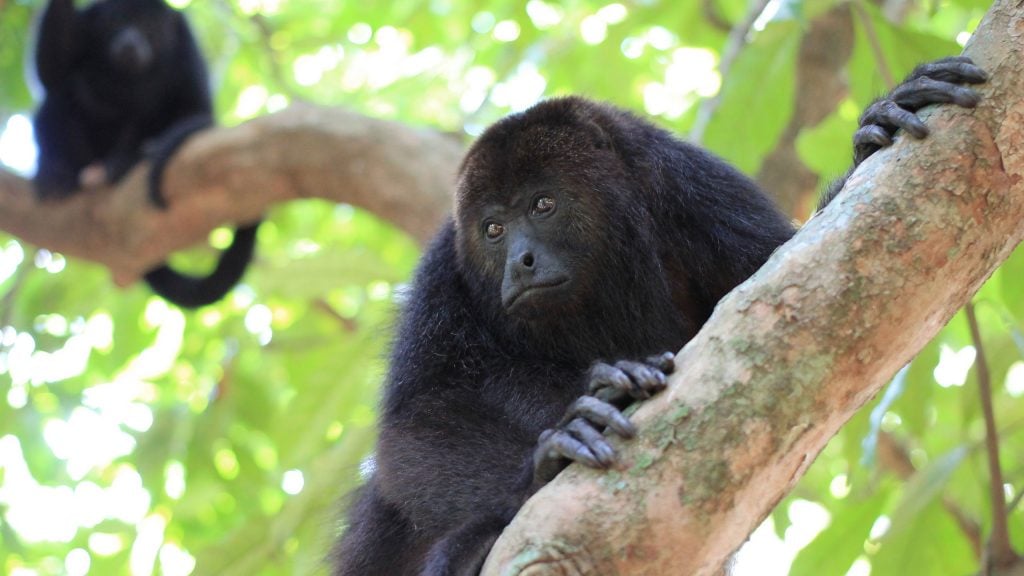
The Community Baboon Sanctuary was founded by volunteers in 1985 in the Bermudian Landing region. They aimed to protect the endangered black howler monkey (known as baboons in the area’s Kriol dialect) and since they started, 200 landowners from seven villages have joined the project. As a result, over 2,000 monkeys now live in the sanctuary.
The wild side
Belize is home to the world’s only jaguar reserve, the Cockscomb Basin Wildlife Sanctuary, which is around 150 square miles. These shy, solitary cats are notoriously difficult to spot, but a lucky few might catch a glimpse of the endangered jaguar as it prowls through the lush, steamy rainforest. What is more likely is seeing signs of the jaguars, thought to number around 200 – the densest population in the world – such as their pugmarks (footprints) along the trails, particularly in the rainy season.
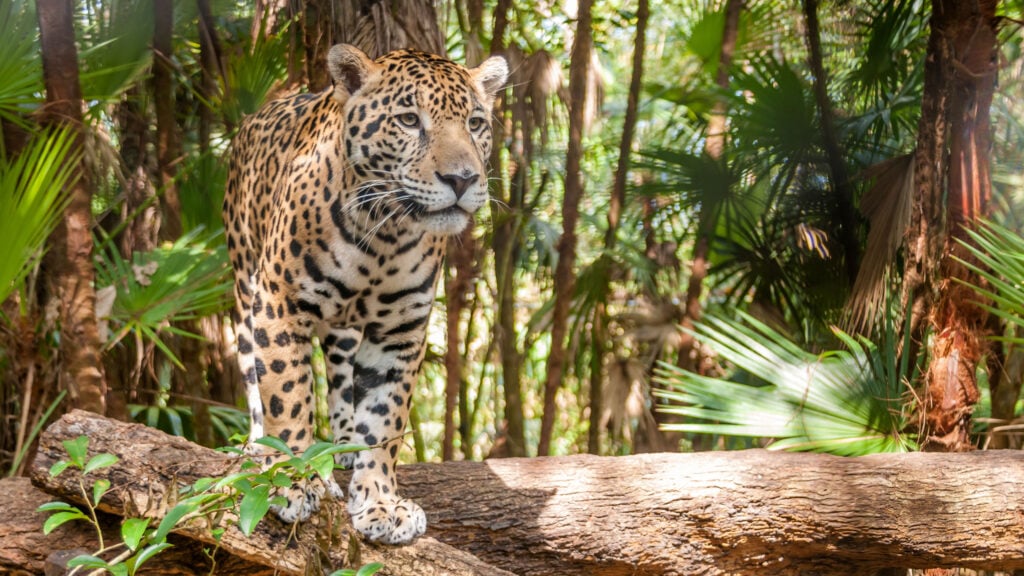
Cockscomb also shelters howler monkeys, tapir, deer and hundreds of bird species, including clay-coloured robins, crimson-collared tanagers and bat falcons. Birders can listen out for cries from the white-collared manakin, which sounds like two stones being clicked together, and the Montezuma oropendola, with its distinctive, crazy series of gurgling, popping and clucking. Aside from bird-watching, you can also go hiking or horse-riding through the reserve.
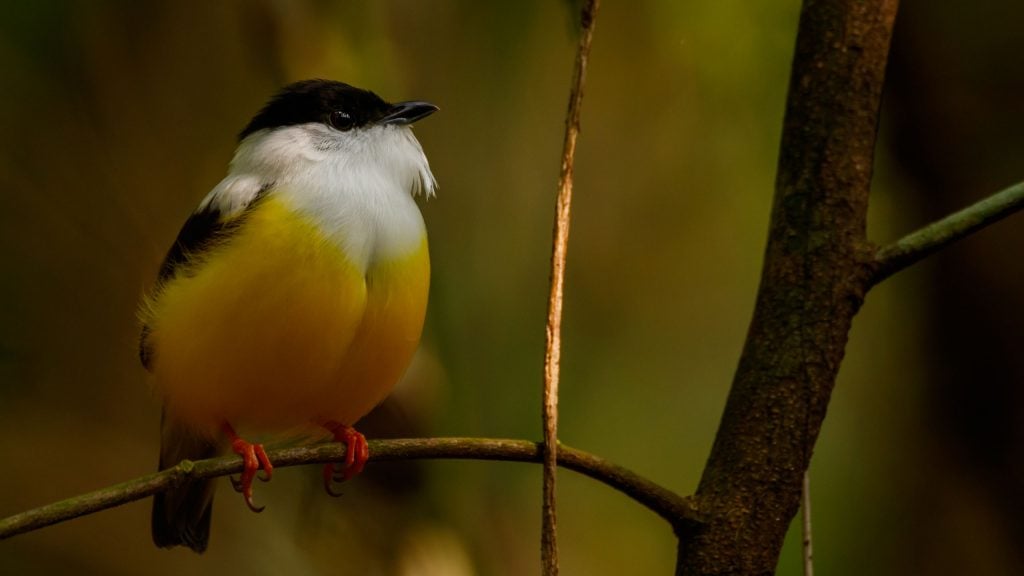
The biggest private reserve in Belize is Rio Bravo, 260,00 acres of jungle in which endangered ocelots and jaguars dwell alongside 400 species of birds, 200 different types of trees and the Mayan archaeological site, La Milpa. All the revenue raised by the reserve is invested right back into conservation projects in Rio Bravo.
Red Bank is a Mayan village at the foot of the Maya Mountains, visited between January and March by a flock of scarlet macaws. These brilliantly coloured birds are quite a sight – and sound – to behold from the viewing platform that the villagers have constructed around the annatto trees from which the birds feed. Villagers are also trained as guides, so the experience is positive not just for the birds, but for the community too.
-700x394.jpg)
Many lodges also work towards protecting their surrounding environment. Chaa Creek was one of the first eco-lodges in Central America when it was opened in 1981. Tucked away on the banks of the Macal River in a private reserve near the Guatemalan border, the lodge is both luxurious and responsible, with 10% of the income going back to the community and into environmental projects. They employ only Belizeans from local villages and towns, and operate several projects, such as environmental education outreach programmes, summer camps for Belizean school children, and the Share a Pound programme, which encourages guests to use one pound of their luggage to bring pens and books to be donated to the local school or craft supplies for the old age centre.
-Blancaneaux-Lodge-(26)-700x394.jpg)
Other eco-friendly jungle lodges include Coppola’s Blancaneaux Lodge, located in the Mountain Pine Ridge, along with the Hidden Valley Inn, also in the same area. The Hidden Valley Reserve is home to some very rare birds, such as the orange-breasted falcon, the solitary eagle, the king vulture, the black and white hawk eagle and the stygian owl.
Belize still flies a little under the radar, but it offers one of the most rewarding travel experiences, not least because of its eco credentials. One thing that always strikes me about Belize is how much its own people respect their environment – and that’s something from which we can all learn.
A Belizean Adventure – Chaa Creek, Mountain Pine Ridge & Placencia – from $3,474 per person.
